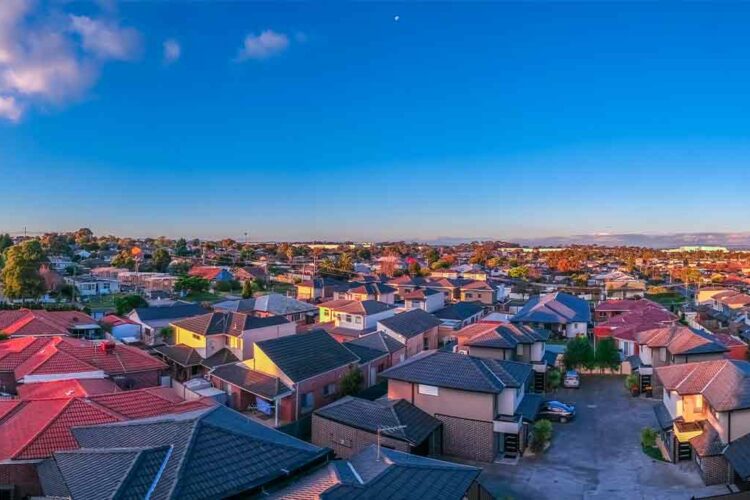Two months after its last meeting, the Reserve Bank of Australia (RBA) has delivered its debut cash rate decision of the new year.
With recent Australian Bureau of Statistics (ABS) consumer price index (CPI) data suggesting inflation needs further stifling, Australia’s central bank decided at its monthly board meeting to raise the official cash rate by 25 basis points to 3.35 per cent.
There has been much discourse surrounding the RBA’s decision with real estate industry heavyweights, including Angus Raine and Hayden Groves, imploring the bank to stem cash rate hikes off the back of positive CPI data for last November and a belief that the full brunt of last year’s eight consecutive rate hikes is yet to be completely felt.
However, the latest batch of CPI data released last month and covering the 12 months to December 2022 found annual inflation had hit a 30-year peak of 7.8 per cent.
Anneke Thompson, chief economist at CreditorWatch, said “while there are early signs that consumers are now starting to reduce spending and businesses are less optimistic about the year ahead compared to 2022, the RBA clearly wants to see some sustained evidence of a cooling economy before pausing any further cash rate increases.”
She explained the cash rate’s trajectory “will depend heavily on January’s retail trade result,” explaining that December’s results “showed a marked slowdown in consumer spending in all categories and states, with sales falling 3.9 per cent month-on-month.”
Moreover, Ms Thompson outlined “inflation also appears to be moderating, and we should see further drops in the rate of price growth as data is now being measured off 2022 figures, when price rises had already kicked in.”
Commonwealth Bank head of Australian economics, Gareth Aird, said “an important consideration for the RBA is that fixed rate mortgages have so far insulated many Australians from interest rate increases.”
He clarified “there is a lag effect on previous rate hikes and large volumes of fixed rate mortgages expiring this year and higher monthly borrowing payments should cool demand.”
“Taking the cash rate further into restrictive territory by the RBA could prove recessionary and counterproductive.”
In the eyes of LJ Hooker’s Mathew Tiller, the RBA’s decision is unlikely to surprise mortgage holders or incite waves of distressed sales.
“Mortgage holders on low fixed loans have been saving for the past two years while everyone else has been paying higher rates, so it is likely they have a savings buffer,” he said.
Following the RBA’s consistent rate hikes throughout the back end of 2022, he added “people know higher interest rates have been coming and they would have been planning forward and budgeting rather than waiting until they cannot afford it.”
He described decreased listings to start the year as “good news for sellers” as this means “there is not much competition out there between properties, and while prices are softening the pace of decline has slowed.”


